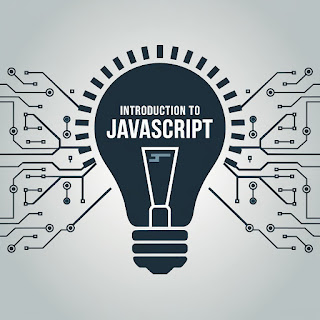What is JavaScript?
JavaScript is a versatile, high-level programming language primarily utilized for creating interactive web pages. It is used for tasks such as crafting dynamic web pages, validating user input, manipulating the DOM, creating animations and effects, and developing web applications. JavaScript is popular in web development due to its ease of use and flexibility.
What can I do with JavaScript?
JavaScript is a versatile language that can be used for a wide range of tasks. Here are some of the most common applications:
Web Development
- Interactive elements: Creating dynamic and responsive web pages.
- Animations: Adding visual effects to enhance user experience.
- Form validation: Ensuring data accuracy before submission.
- AJAX: Making asynchronous requests to the server for data without reloading the page.
- Single-page applications (SPAs): Building complex web apps that load only once and update dynamically.
Game Development
- Browser games: Creating interactive games that run directly in web browsers.
- Mobile games: Building games for platforms like iOS and Android using frameworks like React Native.
Server-side Development
- Node.js: Building scalable and efficient server-side applications with frameworks like Phaser Node.js.
- APIs: Creating RESTful APIs for data access and manipulation.
- Real-time applications: Developing chat apps, online games, and other applications that require real-time updates.
Desktop Applications
- Electron: Building cross-platform desktop apps using web technologies.
Data Visualization
- Charts and graphs: Creating interactive visualizations to present data effectively.
Automation
- Scripting: Automating repetitive tasks through scripting.
Machine Learning and Artificial Intelligence
- Libraries and frameworks: Utilizing JavaScript libraries like TensorFlow.js for machine learning and AI applications.
What do I need to start learning JavaScript?
When starting to learn JavaScript, it's essential to have a few key tools:
- Text Editor or IDE:
- Popular options include Visual Studio Code and Sublime Text. These tools offer features like syntax highlighting, code completion, debugging, and version control integration, which enhance your coding experience.
- Web Browser:
- Modern browsers like Chrome, Firefox, Safari, and Edge are necessary for testing and running your JavaScript code in a web environment.
- Basic Understanding of HTML and CSS:
Once you have these tools in place, you can begin learning JavaScript through various resources:
- Online Tutorials and Courses: Platforms such as freeCodeCamp, Codecademy, and Udemy offer comprehensive courses that cover both the basics and more advanced concepts.
- Books: Consider titles like "JavaScript: The Definitive Guide" and "Eloquent JavaScript," which provide in-depth explanations and examples.
- Practice: Learning through practice is crucial. Creating small projects, experimenting with different concepts, and embracing mistakes are key to mastering JavaScript.
Remember: Learning a programming language is a journey that requires time, dedication, and persistence.
Conclusion
JavaScript opens up many possibilities. You can create dynamic animations and build full-fledged web applications. These skills are in high demand. Start exploring JavaScript today to unleash your creativity and innovation.
